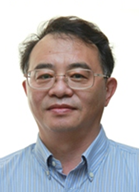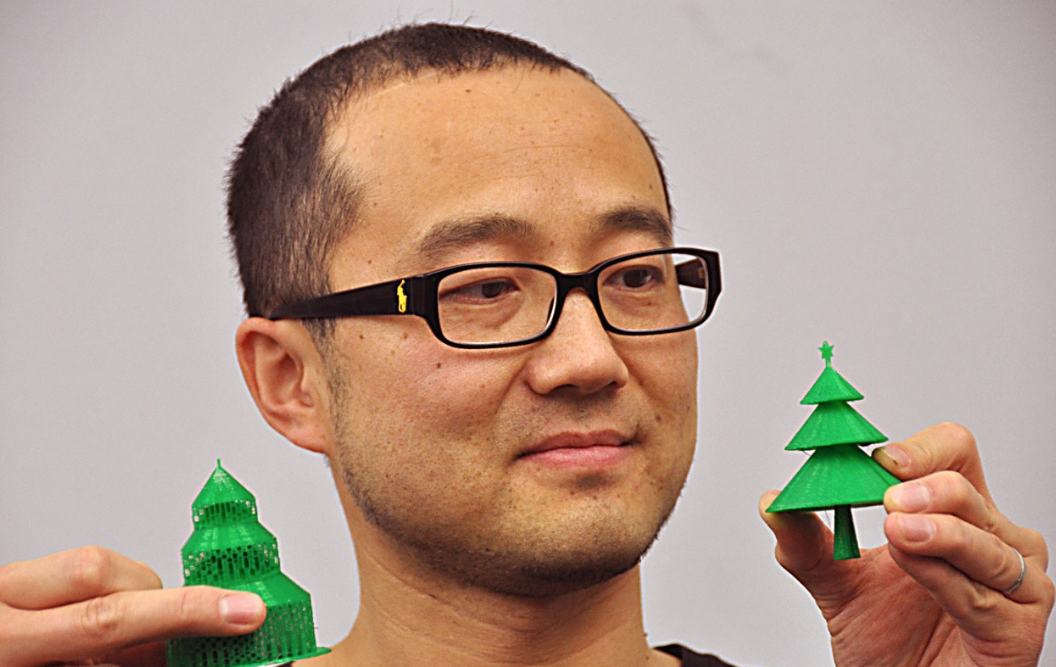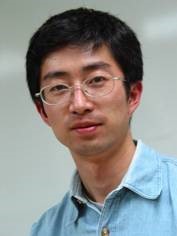| 特邀讲者 | |||
|---|---|---|---|

|

|
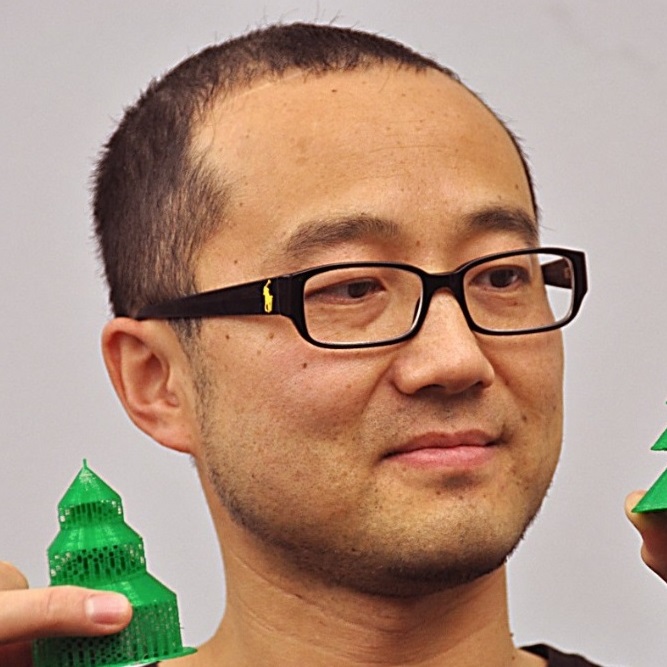
|
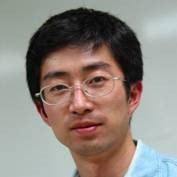
|
| 陈世卿 | 查红彬 | Hao (Richard) Zhang | 童欣 |
| 第三脑(美国)研究院 | 北京大学 | Simon Fraser University | 微软亚洲研究院 |
特邀报告 1:“基于5G+脑科学+AI+智能超算的文创产业应用和人才培养”
特邀讲者:陈世卿, 第三脑(美国)研究院
时间地点
2020年10月23日,周五,09:10-10:00,科艺中心报告厅。
线上直播链接:https://live.bilibili.com/22548850
报告摘要
利用5G+脑科学+AI+智能超算制作高品质电影和5D虚拟主题公园。在10台专用、互连、分布式、并行和协作的超级计算机上制作一部3D/8K/120帧每秒的世界级数字电影;研究、开发世界上最先进的5D数字主题公园(5D-VTP)技术,利用5D特效(声音、图像、气味、触摸、运动)和第三大脑内容(在云上将人脑及其人工智能延伸进行动态耦合)增强娱乐效果,疗愈、改善和启迪从孩童到老年各个阶段人群的身心和精神,提升人们的良知、人性和道德水平,消除人类的贫穷、偏见、贪婪、仇恨、腐败和战争,加速全球合作、理解和创新,加快在全球范围内建立紧密联系、相互支持、美丽、清洁、生态友好、社会经济可持续的智慧型园林乡村或城市,维护人类与自然的和谐,维护世世代代的世界和平与繁荣。
个人简介
陈世卿 ,美国国家工程院院士/美国艺术与科学院院士/美国第三脑研究院院长/中国智慧城市建设投资联盟首席科学家/中国四川大学锦城学院人工智能学院院长/中国深圳人工智能与机器人研究院主任研究员/中国北京清华大学脑与认知科学研究院首席科学家/中国产业发展研究院人工智能研究院首席科学家。研发了世界上第一台用于科学研究的并行向量超级计算机;研发了使用通用型64-256 CPU的企业用高性能计算机;研发了世界上第一台128个刀片的超级计算机;研发了世界上第一个以互联网为基础、应用对应用、高效率、动态式企业协同作业软件TONBU;研发了世界上第一个以超级计算机为基础,全球联网形成类似电力网格的信息网格SCP;组织美国硅谷的非营利第三脑研究院Third Brain Research Institute,专注于世界前沿关于研究脑、保护脑、发展脑和延伸脑的研发项目,并筹建安全、可靠、高效的分布式/并行式/协作式超级网格云端平台SCP用以支持全球巨量、实时、遍布、无所不在的大数据存储和模拟运算。
特邀报告 2:“3D视觉:在线学习的途径”
特邀讲者:查红彬,北京大学
时间地点
2020年10月23日,周五,10:00-10:50,科艺中心报告厅。
线上直播链接:https://live.bilibili.com/22548850
报告摘要
3D视觉的一个主要任务是利用传感器视点的变化与成像几何的约束来实现三维场景的几何与结构重建。因此,伴随传感器移动的动态视觉与3D视觉的关系愈加密切,SLAM(Simultaneous Localization and Mapping:即时定位与地图构建)技术再度成为3D视觉领域的研究热点。为了提高动态视觉系统在真实复杂场景中的应用能力,我们应充分强化视觉系统的环境自适应性,而在线学习方法是实现这一目标的有效途径。该报告将围绕基于在线学习的SLAM问题,介绍我们近来的一些想法和尝试,主要内容包括:面向自监督视觉里程计的序列对抗学习方法;具有在线自适应能力的自监督SLAM学习。
个人简介
查红彬,北京大学信息科学技术学院智能科学系教授,机器感知与智能教育部重点实验室主任。主要从事计算机视觉与智能人机交互的研究,在三维视觉几何计算、三维重建与环境几何建模、三维物体识别等方面取得了一系列成果。出版学术期刊及国际会议论文300多篇,其中包括IEEE T-PAMI, IJCV, IEEE T-VCG, IEEE T-RA, IEEE T-SMC, ACM T-IST, JMLR, PR等国际期刊以及ICCV, ECCV, CVPR, CHI, ICML, AAAI, ICRA等国际学术会议论文100余篇。
特邀报告 3:“Learning Generative Models of 3D Shapes: From Implicit Functions to Structured Representations”
特邀讲者:Hao (Richard) Zhang, Simon Fraser University, Canada
时间地点
2020年10月24日,周六,08:30-09:20,科艺中心报告厅。
线上直播链接:https://live.bilibili.com/22548850
报告摘要
Unlike images and video, 3D shapes are not confined to one standard representation. This is one of the challenges we face when developing deep neural networks (DNNs) to learn generative models of 3D shapes or virtual scenes. So far, voxel grids, multi-view images, point clouds, and integrated surface patches have all been considered. In this talk, I show that traditional convolutional neural networks operating on pixels/voxels may not be best suited for the task. I first present IM-Net, our recent work on learning implicit functions, and show the innate ability of implicit models for shape generation and 3D reconstruction. Interestingly, a small tweak of IM-NET, with an added branching layer, would allow the new network, BAE-Net, to perform unsupervised shape segmentation. Furthermore, by explicitly exploiting the interpretability of BAE-Net, we arrive at BSP-Net (BSP for binary space partitioning), a DNN which directly outputs compact, structured meshes, with sharp features. While the IM-BAE-BSP-Net series exemplify the power of "deep shape priors" for part extraction, these works do not learn part relations. In the second part of my talk, I present a generative recursive autoencoder to learn shape structures in the form of attributed trees. Such an approach decouples coarse and fine-grained learning of structured data, which is applicable to both 3D shapes, indoor scenes, and digital documents.
个人简介
Hao (Richard) Zhang is a professor in the School of Computing Science at Simon Fraser University (SFU), Canada, where he directs the graphics (GrUVi) lab. He obtained his Ph.D. from the University of Toronto, and MMath and BMath degrees from the University of Waterloo, all in computer science. His research is in computer graphics with special interests in geometric modeling, shape analysis, 3D content creation, machine learning, and computational design and fabrication, and he has published more than 120 papers on these topics. Richard is an associate editor-in-chief for IEEE CG&A, a past editor-in-chief for Computer Graphics Forum, and an associate editor for IEEE TVCG. He has served on the program committees of all major computer graphics conferences and is SIGGRAPH Asia 2014 course chair, a paper co-chair for SGP 2013, GI 2015, and CGI 2018, and a program chair for International Geometry Summit 2019. Awards won by Richard include an NSERC DAS (Discovery accelerator Supplement) Award in 2014, Best Paper Awards from SGP 2008 and CAD/Graphics 2017, a Faculty of Applied Sciences (FAS) Research Excellence Award at SFU in 2014, a National Science Foundation of China (NSFC) Overseas Outstanding Young Researcher Award in 2015, and a Google Faculty Award in 2020. Richard has been a visitor professor at Stanford University, Shenzhen University, and the Beijing Film Academy.
特邀报告 4:“计算机图形学:下一个十年”
特邀讲者:童欣,微软亚洲研究院
时间地点
2020年10月25日,周日,08:30-09:20,科艺中心报告厅。
线上直播链接:https://live.bilibili.com/22548850
报告摘要
随着机器学习、云计算等技术的进步,计算机领域在近年来发生了很大的变化,这也给计算机图形学的发展带来了很多机遇和挑战。在这个报告中,我将分享我在过去几年中对我自己研究领域的一些观察、反思、探索,以及展望,和大家一起讨论未来十年计算机图形学的一些基础研究问题与关键应用。希望我的这些不成熟的想法能够抛砖引玉,引起大家更多的讨论和真知灼见。
个人简介
童欣博士1999年于清华大学博士毕业后加入微软亚洲研究院,目前任首席研究员,网络图形组研究主管。他的主要研究方向为材质建模,真实感绘制,光传输分析,纹理合成,基于数据驱动的几何处理,以及人脸动画等。童欣博士已在计算机图形学和计算机视觉国际会议上发表论文一百多篇。他曾任IEEE TVCG, CGF, ACM TOG编委以及多个国际图形学会议的程序委员会委员,目前担任CVM, Visual Informatics编委与IEEE CG&A编委。童欣博士于1993年和1996年获得浙江大学本科和硕士学位。2018年他获得中国计算机图形学杰出奖。


